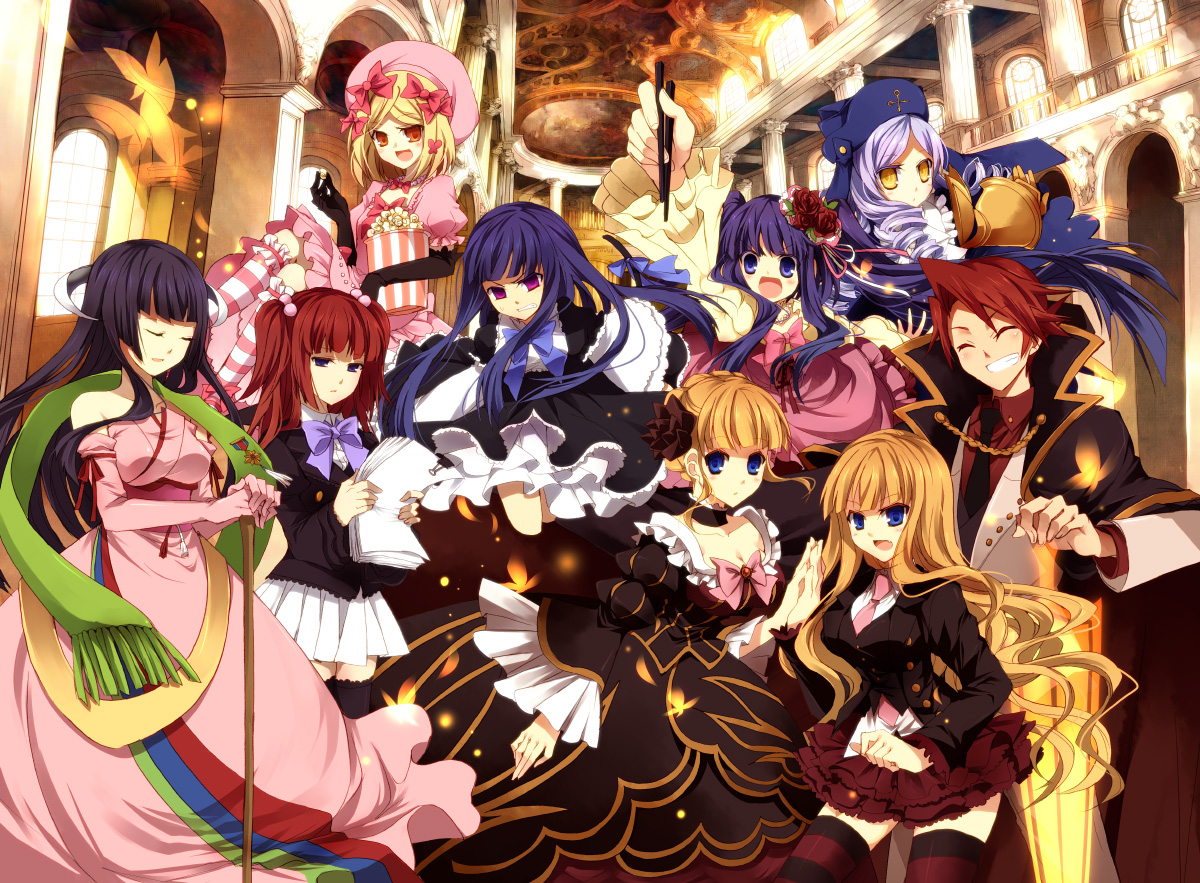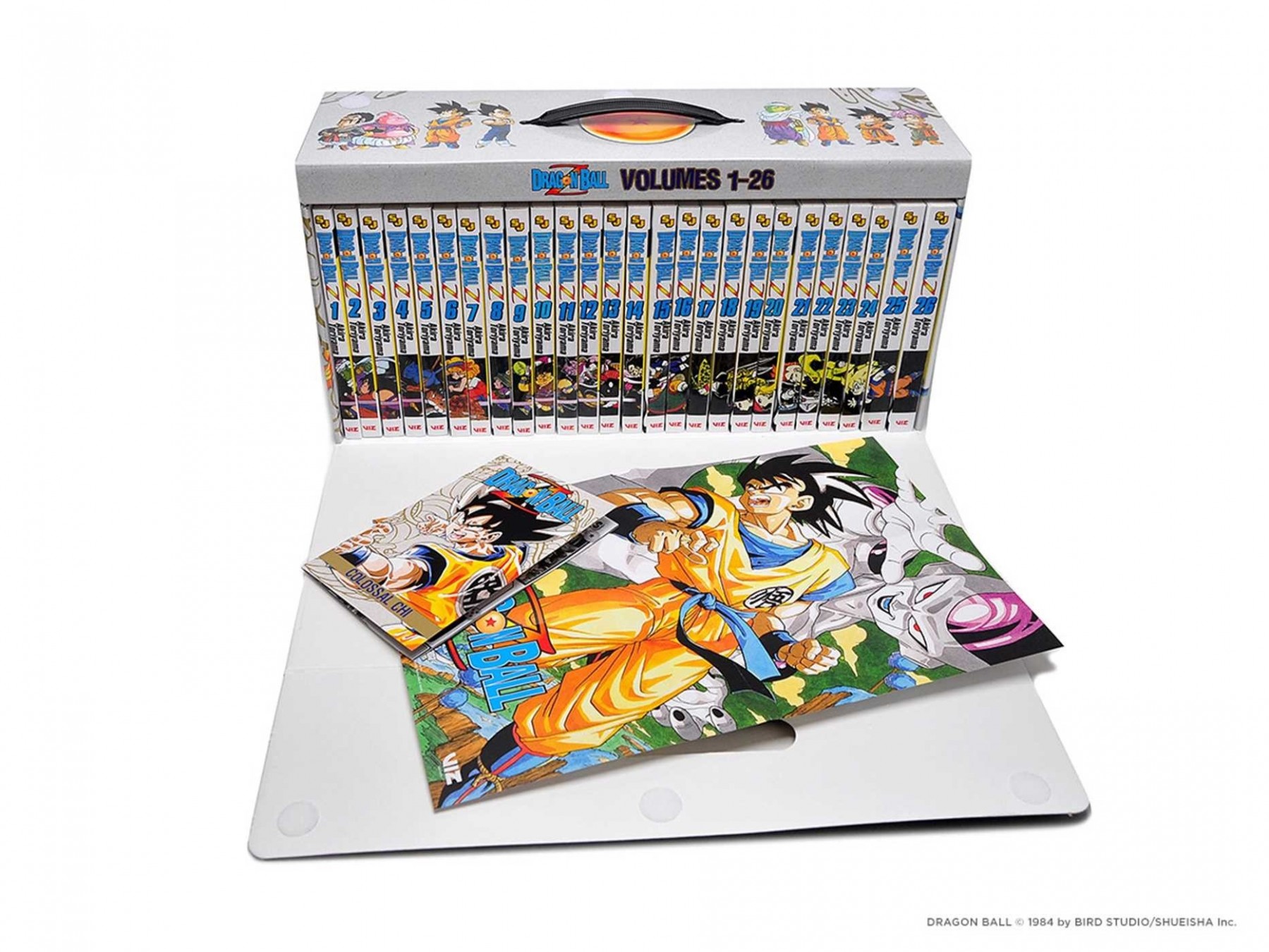Oldboy manga, yo! It’s not your average comic book, trust me. This ain’t some fluffy romance; we’re talkin’ brutal revenge, mind-bending twists, and art so sick it’ll blow your mind. Get ready for a wild ride through a story that’ll leave you questioning everything you thought you knew about justice, identity, and just plain messed-up situations.
We’re diving deep into the plot, exploring the themes of revenge and isolation that make this manga so unforgettable. We’ll break down the main character, Oh Dae-su, his motivations, and the crazy transformation he goes through. Plus, we’ll compare the manga to the movie – major differences, people! We’ll also look at the art style, the cultural context, and how this manga totally influenced other works.
Prepare to have your perspective on graphic novels completely revamped.
Oldboy Manga: A Deep Dive
Oldboy, the manga by Garon Tsuchiya and Nobuaki Minegishi, isn’t your average high school drama. It’s a brutal, mind-bending thriller that tackles themes of revenge, identity, and the dark side of human nature. This deep dive explores the manga’s plot, characters, artistic style, cultural context, and lasting influence, comparing it to other works and highlighting its unique contribution to the world of graphic novels.
The Plot and Themes of Oldboy Manga
The manga follows Oh Dae-su, a man imprisoned for 15 years without knowing why. Upon his release, he embarks on a relentless quest for revenge against his mysterious captor. The story is a rollercoaster of twists and turns, revealing a complex web of betrayal, manipulation, and shocking secrets. Major themes include the destructive nature of revenge, the isolating effects of trauma, the fluidity of identity, and the cyclical nature of violence.
Compared to the film adaptation, the manga delves deeper into Oh Dae-su’s psychological state and explores the supporting characters more thoroughly. The manga uses striking symbolism, like the recurring motif of the hammer, to represent the destructive power of revenge and the shattering of Oh Dae-su’s life.
Character Analysis in Oldboy Manga
Oh Dae-su’s transformation is central to the narrative. Initially driven by a thirst for revenge, he undergoes a significant psychological journey, grappling with his past and the consequences of his actions. Supporting characters, such as Yoo Mi-do and Lee Woo-jin, play crucial roles in shaping Oh Dae-su’s path, adding layers of complexity to his quest. The relationship between Oh Dae-su and Lee Woo-jin, the mastermind behind his imprisonment, is particularly compelling, showcasing a twisted dynamic of power and manipulation.
Lee Woo-jin’s character development reveals a complex individual driven by his own warped sense of justice and a desire to control Oh Dae-su’s life.
Notice d gray man manga for recommendations and other broad suggestions.
Artistic Style and Visuals of Oldboy Manga

The manga’s artistic style is gritty and visceral, perfectly reflecting the story’s dark and violent themes. The panel layouts are dynamic and often unconventional, enhancing the narrative’s suspense and pacing. The use of shadow and light creates a visually striking atmosphere, further emphasizing the psychological turmoil of the characters. The art style contributes significantly to the overall tone and atmosphere, making the story both visually captivating and emotionally impactful.
| Scene | Panel Layout | Color Palette | Effect |
|---|---|---|---|
| Oh Dae-su’s Imprisonment | Tight, claustrophobic panels | Dark, muted tones | Emphasizes confinement and despair |
| The Fight Scenes | Dynamic, fast-paced panels | High contrast, vibrant colors | Highlights the brutality and violence |
| The Reveal of the Truth | Large, expansive panels | Subdued colors, sharp lines | Creates a sense of revelation and shock |
For example, the recurring use of the hammer visually represents the destructive power of revenge and the shattering of Oh Dae-su’s life. The visual metaphors enhance the emotional impact of the narrative.
Cultural and Societal Context of Oldboy Manga
Oldboy reflects the socio-cultural context of South Korea, particularly its rapid economic growth and the resulting social anxieties. The manga touches upon themes of societal alienation, the corruption of power, and the struggle for identity in a rapidly changing society. The portrayal of violence is graphic and unflinching, forcing the reader to confront the consequences of revenge and the darkness of human nature.
The manga doesn’t shy away from criticizing aspects of Korean society, such as the rigid social hierarchy and the prevalence of corruption.
Comparison with Other Works
Oldboy shares thematic similarities with other revenge thrillers, such as
-Sin City* or
-Seven*. However, its unique blend of psychological depth, visual storytelling, and exploration of complex themes sets it apart. The cyclical nature of violence and the exploration of identity are particularly distinctive aspects of the story.
| Aspect | Oldboy | Sin City |
|---|---|---|
| Revenge Motive | Complex, multifaceted | Simpler, more direct |
| Visual Style | Gritty, realistic | Stylized, noir |
| Themes | Identity, isolation, societal critique | Corruption, morality, justice |
Legacy and Influence of Oldboy Manga

Oldboy’s impact on graphic novels and popular culture is undeniable. Its film adaptation gained international acclaim, further solidifying its place in the thriller genre. The manga’s influence can be seen in subsequent works that explore similar themes and utilize similar visual storytelling techniques. Its lasting impact lies in its ability to explore complex themes with a unique blend of artistry and storytelling.
So, yeah, Oldboy manga. It’s dark, it’s intense, and it’s seriously unforgettable. The story’s a masterpiece of suspense and psychological thriller, leaving you reeling long after you finish the last page. The art? Pure genius.
The themes? Still relevant AF. If you’re looking for a manga that’ll stay with you, this is it. Go grab a copy, but maybe don’t read it before bed – nightmares are totally a possibility.



